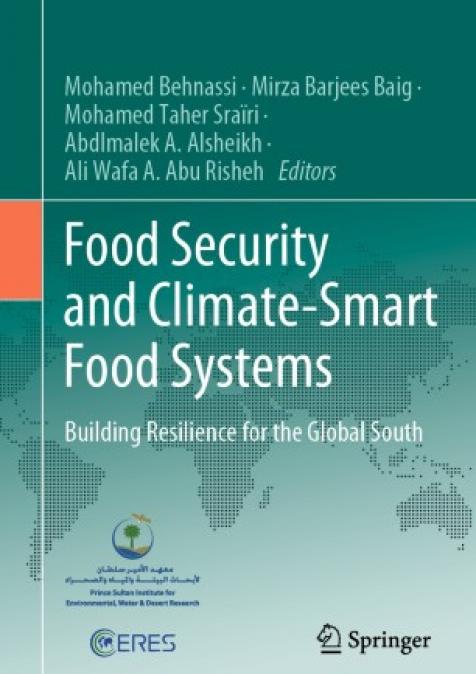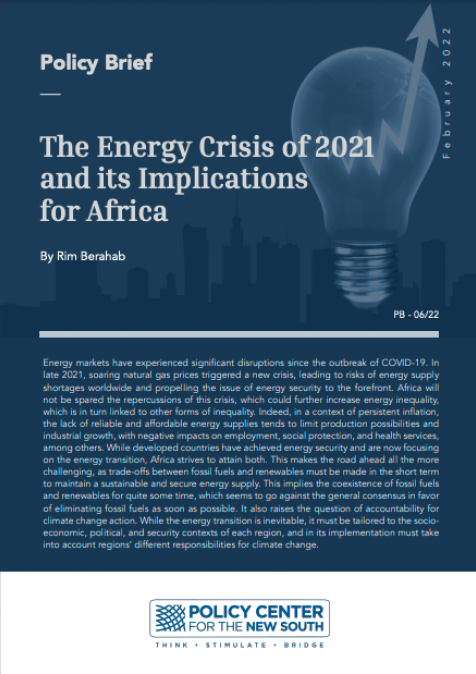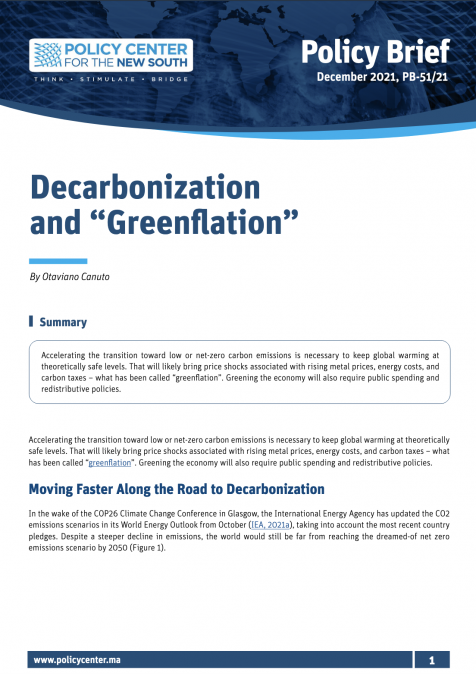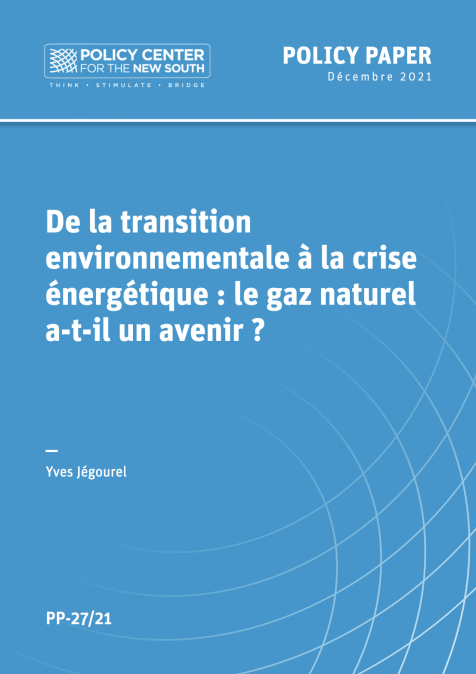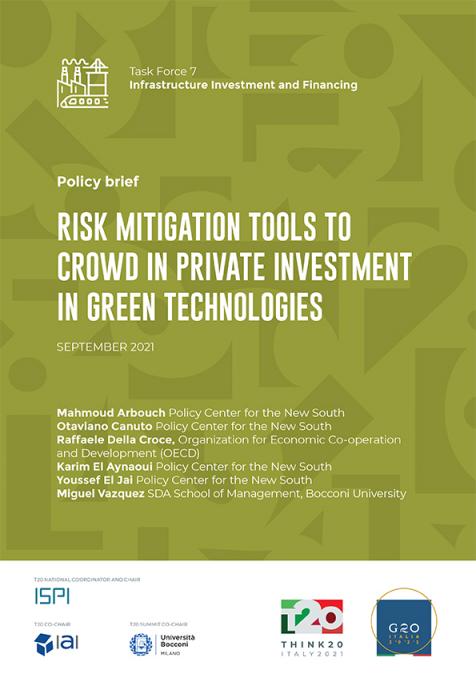Publications /
Opinion
This publication was originally published in Project Syndicate
Mobilizing excess savings in advanced economies for much-needed investment in green infrastructure in emerging-market and developing economies will not be easy. But it is possible, if both the public and private sectors do their parts.
WASHINGTON, DC – To spur development and fight climate change, emerging-market and developing economies (EMDEs) will need huge amounts of investment in green infrastructure over the next few decades. But many of these countries have limited fiscal space, especially after the shocks of the last few years. Given this, to meet the EMDEs’ infrastructure needs, we must mobilize excess private savings in the advanced economies. The question is how.
The first step toward building a bridge between private savings and infrastructure investment in EMDEs is to understand investors’ needs. Institutional investors, like all other types of debt and equity investors, have their own incentives, constraints, and objectives, all of which inform their allocations of funds, including which types of projects (greenfield vs. brownfield) to support, where, and at what stage of the project cycle (development, construction, or operation). Inadequate risk coverage, lack of data, and the heterogeneity of project structures, regulatory environments, and contractual standards can all act as barriers to investment.
The challenge is to define “attractive investment opportunities” and match investors to them in a more systematic way. Central to this effort should be the provision of a wide range of well-structured investment products tailored for different types of institutional investors and their respective risk/return profiles. For example, institutional investors (such as pension funds) might be inclined to participate at a project’s earlier stages (prior to operation) if refinancing risks are covered and construction risk is addressed.
Currency risk poses another challenge for investors in EMDEs. Here, export credit agencies may be able to help, though often at high cost.
A dearth of appropriate financial instruments – and the costs and complexity of the instruments that are available – is yet another potential barrier to infrastructure investment in the EMDEs. Fixed-income instruments – including bonds (project, municipal, sub-sovereign, and green bonds, as well as sukuk), and loans (direct and co-investment lending to infrastructure projects and syndicated project loans) – can help solve this problem, as they could appeal to a broad range of institutional investors in the EMDEs.
Multilateral finance institutions have an important role to play in drawing private capital toward long-term projects that could spur development in countries and sectors that capital markets perceive as high-risk. By providing funding, guarantees, or both, such institutions can de-risk projects and crowd in private investment. They can also bring partners into specific deals through syndications.
For its part, the private sector has a number of instruments at its disposal with which to manage risk. For example, companies can use risk-transfer and credit-enhancement instruments, which are currently being piloted by national and multilateral development banks. These include guarantees, insurance policies, and hedging mechanisms under which, for a fee, a provider agrees to compensate the concessionaire (or its lenders) in case of default or loss arising from some specified circumstance.
Political-risk insurance is particularly important here. Some sectors – such as telecommunications or electricity – are more prone to regulatory volatility or the effects of political pressure (including on prices). This implies the need for greater scrutiny from infrastructure investors and customized risk-mitigation mechanisms.
A project’s financial structure is key. Experience shows that a diverse mix of funders for a project – including domestic, international, and multilateral banks and owners – can deter political intervention and act as a buffer against shocks. And just as strategic alliances with foreign entities provide local actors with a hedge against political intervention, partnerships with local companies can help an infrastructure operator transcend the “foreign investor” label.
In transforming today’s savings-liquidity glut into much-needed investment in green EMDE infrastructure, the public and private sectors both have important roles to play. Policymakers must increase the transparency of legal frameworks and achieve political and regulatory stability, recognizing that the public sector will ultimately bear the high transaction costs incurred by private investors when they channel financial resources to EMDEs.
Institutional investors and other financial intermediaries, as well as non-banking financial institutions, often highlight the lack of a pipeline of investment-ready projects. To improve their options, the public sector should take more responsibility for project design in situations characterized by significant complexity and regulatory risk, especially when risks are harder to identify and measure in advance. The costs of this process can largely be recouped when public-private partnerships (such as concessions) are established. Public-sector planning and priority-setting is essential.
But private investors must also embrace a more active role, including by taking advantage of the risk-management tools at their disposal. Sophisticated, developed financial markets and instruments would help, by enabling financial agents to take on risks that are in line with their appetites and capacities.
It will not be easy. But with these building blocks, we can construct the most important infrastructure of all: the bridge connecting advanced-country savings and EMDEs’ financing needs.




